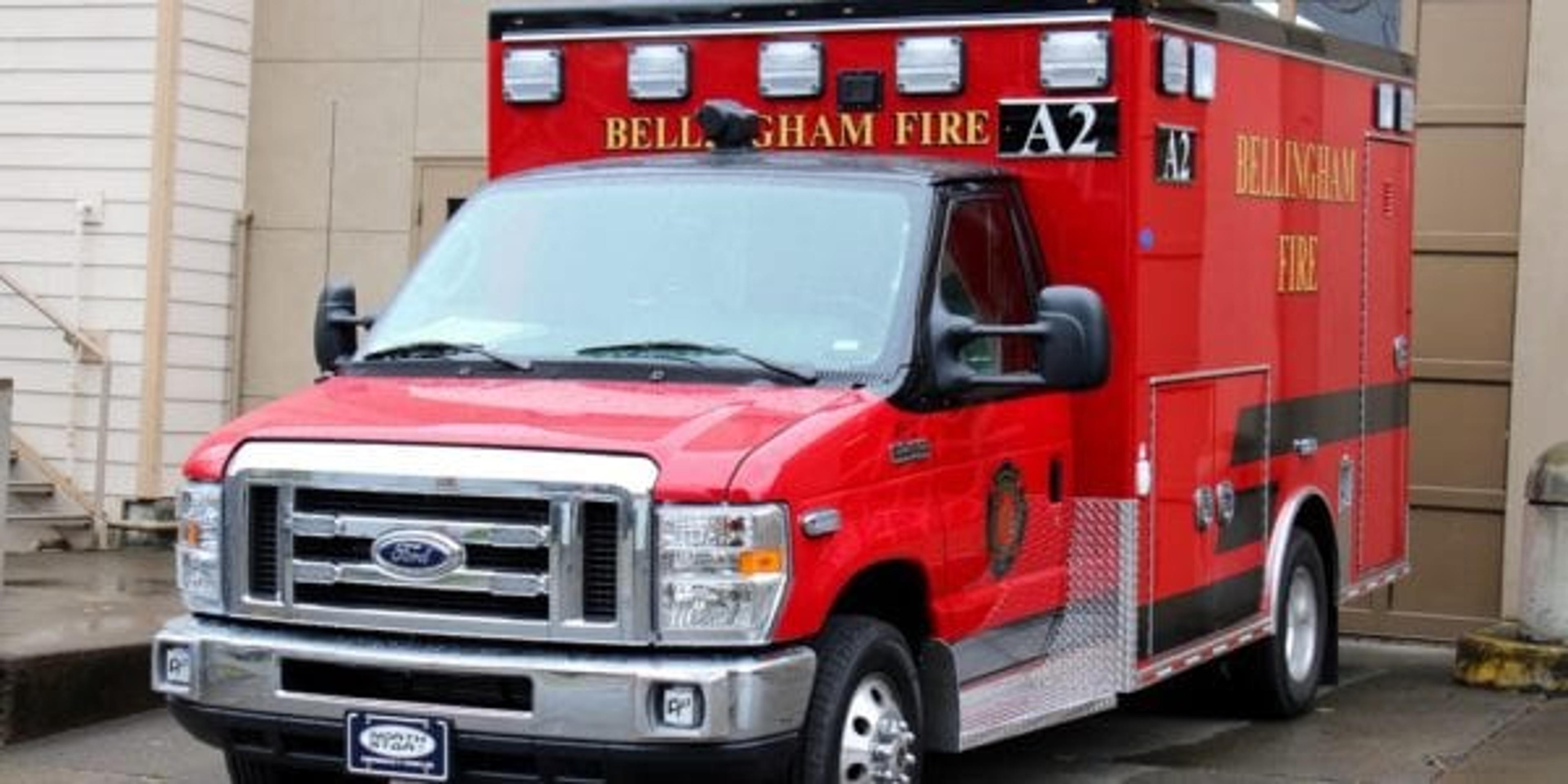Learn How to Handle a Medical Emergency Like a Pro

Alyssa Hadrych
| 3 min read

Imagine: You are watching your children play a game of tag with neighbors when you hear a scream. You rush over to find your child lying on the ground, bleeding from a severely cut leg. How do you react? What should your next step be? Medical emergencies like this happen every day and can take place anywhere, at any time. It might be difficult to imagine what you’d do in this kind of situation, but there are steps you can take to properly handle a medical emergency.
- Stay calm. The most important thing to remember in an emergency situation is to stay calm. If you start to freak out, you won’t be able to think clearly and solve problems. Plus, if you panic, it will make the victim panic. Try breathing deeply and counting to three to help relax the body quickly in a stressful situation. Then take action.
- Call 911. If the situation is a true emergency – a condition that is life-threatening or could become life-threatening – get help there fast. Remember to stay calm and speak to the 911 dispatcher slowly. Relay the pertinent details about the injured person, first aid given and your location. Depending on the situation, the dispatcher may have to walk you through life-saving techniques such as CPR or the Heimlich maneuver over the phone before medical help arrives.
- Check vital signs. By monitoring how the person is doing, you can give important information to the EMTs when they arrive. It can be difficult to check all of the functions without medical equipment, so in an emergency check the person’s pulse and respiration rate (how quickly they’re breathing). To check pulse rate, use your pointer and middle fingers and press firmly on the either the carotid artery (in the neck) or radial artery (in the wrist). Count the pulse for 60 seconds. To check the respiration rate, or the number of breaths a person takes per minute, count how many times the chest rises for 60 seconds.
- Stay with the victim. While you are waiting for medical help continue to monitor how the victim is doing. If the victim is responsive, make sure to keep them alert and awake. Assure the victim that help is on the way. If the victim is unresponsive, maintain an open airway (talk to the 911 operator about how to do this) and take note of any changes in vital signs. Once help arrives, move away from the victim unless you’re needed.
Emergency situations can be stressful, so it is important to remember the steps above to handle the situation correctly and provide proper care. It’s never the wrong time to become first aid certified, you never know when you might need to save a life.
Photo credit: Alex Smith





